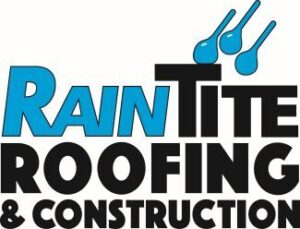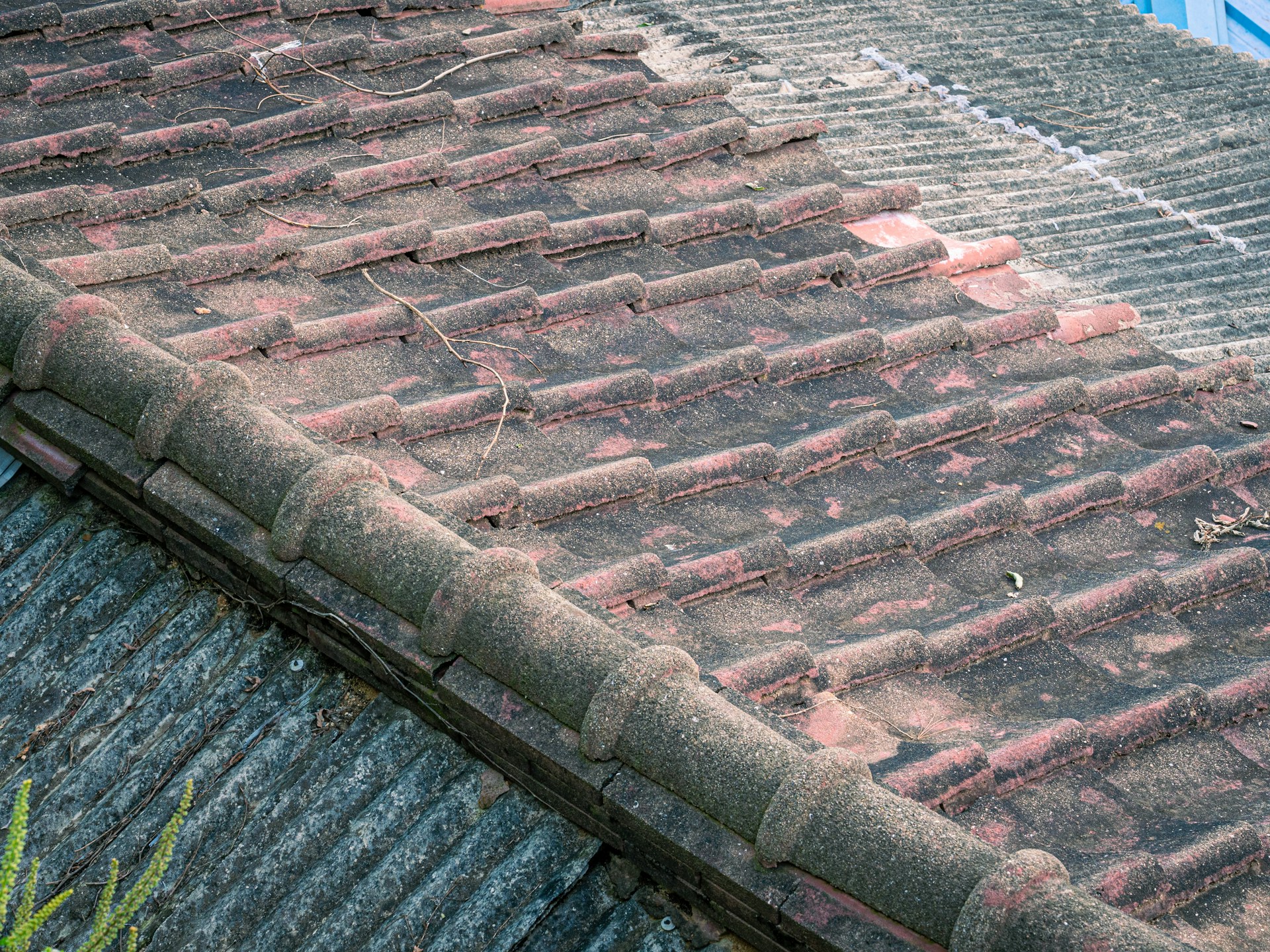Maintaining the health of your roof is crucial for the overall well-being of your home. A roof shields your family from the elements, but over time, it can suffer from wear and tear. Catching small issues early can prevent them from becoming big problems. This means knowing when to conduct a roof inspection is important for every homeowner.
Many signs indicating your roof needs attention are easy to spot, both inside and outside your home. From visible damage like missing shingles to interior issues like ceiling stains, these signals shouldn’t be ignored. Recognizing these early warning signs can save you time and money by addressing problems before they escalate.
Understanding the age and condition of your roof helps in planning regular inspections. By doing so, you ensure that your roof continues to perform at its best, giving you peace of mind knowing that your home is protected. Take the initiative to assess your roof’s condition and learn the benefits that come from keeping it in good working order.
Visible Damage Indicating a Need for Inspection
Identifying visible damage on your roof is an important step in preventing more significant problems later. Certain visible signs can clearly indicate that your roof needs attention. Missing or curling shingles are one of the most obvious indicators. These issues can develop from severe weather conditions, such as strong winds and heavy rain, which can strip shingles away or cause them to bend and lose their protective layer.
Another sign to watch for is a sagging roofline. This could suggest structural issues beneath the surface, like weakened decking or support beams. Additionally, the presence of moss or algae growth may indicate trapped moisture, which can lead to rot if left unchecked. Noticing these growths on your shingles should prompt a closer inspection.
It’s equally important to check your gutters and downspouts for granule loss. Granules provide an essential layer of protection against the sun’s ultraviolet rays and add weight and resistance to extreme weather. Finding significant granule accumulation in your gutters might mean your roof’s shingles are deteriorating more quickly than expected.
Paying attention to these visible signs can help you catch potential roofing issues early, saving you from more costly repairs later on. Regular inspections after storms or every few years can help maintain the roof’s longevity.
Interior Warning Signs of Roof Problems
Recognizing signs inside your home that suggest roofing issues can prevent extensive damage. One of the first indicators is discoloration on ceilings or walls. This often signifies water leakage through your roof, which needs immediate attention to avoid further structural damage. Peeling paint can also be a clue, as moisture from roof leaks can compromise interior finishes.
Unexpected drafts or changes in indoor temperature might indicate roof ventilation problems. Poor insulation from a damaged roof contributes to these drafts, raising heating and cooling costs while making your home less comfortable. Paying attention to these temperature changes can prompt timely roofing evaluations.
Additionally, checking your attic for water stains or mold can reveal hidden roof leaks. Mold growth in particular poses health risks to your family and signifies prolonged moisture exposure. If you notice any staining or musty odors in your attic, it’s advisable to investigate further for roof-related issues.
Being vigilant about these interior warning signs can help you address roofing problems before they escalate. Early detection through attentive observation and quick action preserves your home’s overall health and safety. Make inspecting these areas part of your regular home maintenance routine to ensure a well-protected living space.
Age and History of the Roof
The age of your roof plays a critical role in determining its condition and inspection needs. Most roofs last between 20 and 30 years, but as they near the end of this period, they begin to show signs of wear and tear. Older roofs are more susceptible to damage and require more frequent inspections to ensure they remain in good condition.
Previous repairs can also impact the current state of the roof. If a roof has undergone multiple patch-up jobs or experienced severe weather, it’s likely more prone to issues. This history is essential in deciding how often you should inspect the roof, as these factors increase the likelihood of new problems developing.
Understanding your roof’s warranty coverage is vital. Many warranties require regular inspections to remain valid. Knowing the terms of your warranty can help you plan inspections and maintenance effectively, safeguarding your investment and keeping your roof under protection.
Benefits of Regular Professional Inspections
Regular professional inspections offer many benefits. They extend the life of your roof by identifying and addressing small problems before they escalate into larger, more costly issues. By catching potential leaks or damaged shingles early, you save on major repairs later.
Professional inspections enhance home safety by ensuring that your roof is in top condition and capable of protecting against elements like wind, rain, and snow. Inspectors are trained to uncover hidden issues that you might overlook, providing peace of mind.
When selecting a qualified roofing professional, check for licenses, experience, and customer reviews. Choose a roofing expert who understands your roof’s specific needs and can offer tailored advice. A reliable professional ensures your roof remains secure and robust for years to come.
Conclusion
Deciding between roof repair and replacement is an important decision that can significantly affect your home’s longevity and safety. By regularly assessing roof damage, considering the factors that influence your choice, and understanding both the pros and cons of repair and replacement, you empower yourself to make the best decision for your specific needs. Regular inspections and maintenance are key to prolonging your roof’s life and minimizing overall costs.
Keeping your roof in excellent condition protects your family and home from the harsh elements. Whether you choose to repair or replace, ensure your decisions reflect the structure’s current state, age, and the quality of materials used. Making informed decisions helps you maintain a safe environment and preserve the value of your home. Confidence in your roofing decision stems from understanding your situation fully and balancing short-term fixes with long-term planning.
If you’re in doubt about your best option, reach out to RainTite Roofing & Construction for expert advice and services tailored to your needs. Our team is ready to help you with everything from detailed roof inspections to a full replacement if necessary. Enjoy a durable and trustworthy roof for your home with our professional support.

